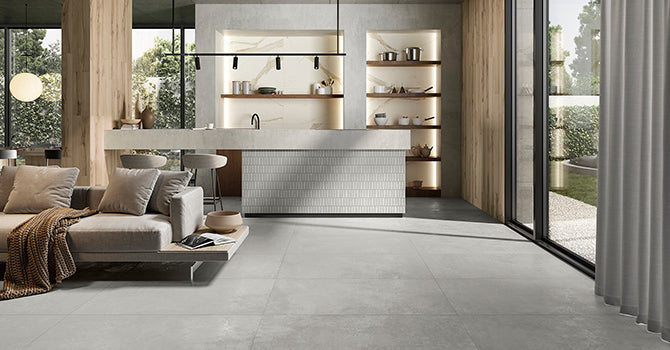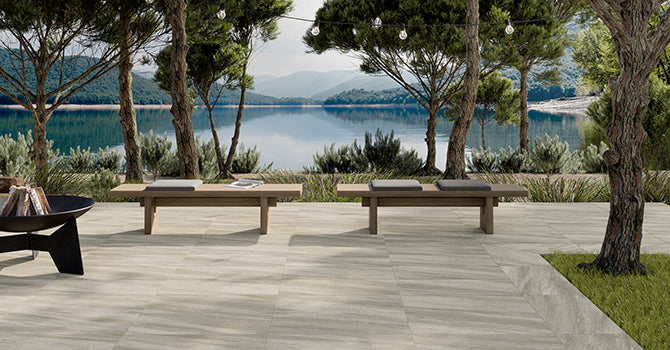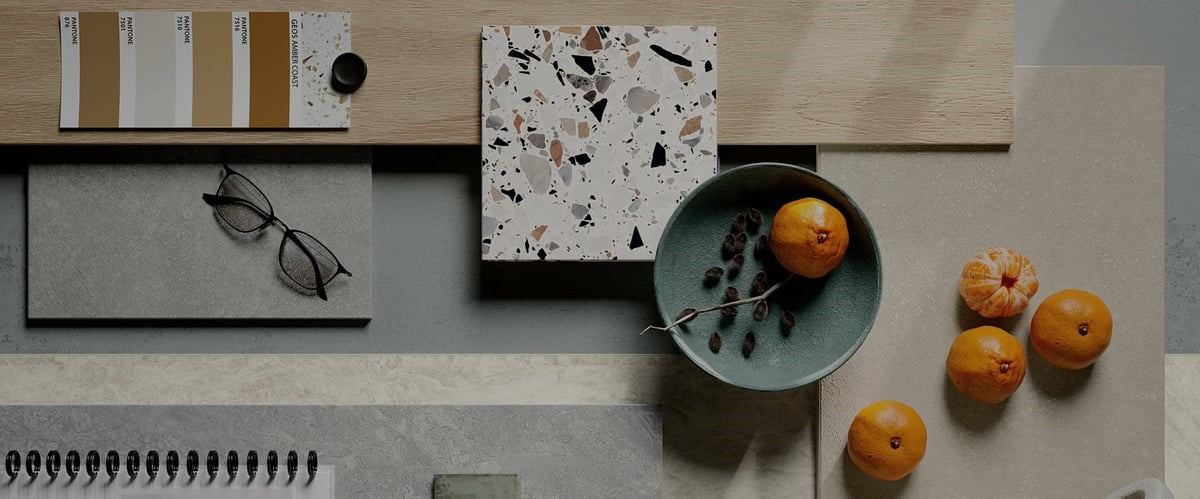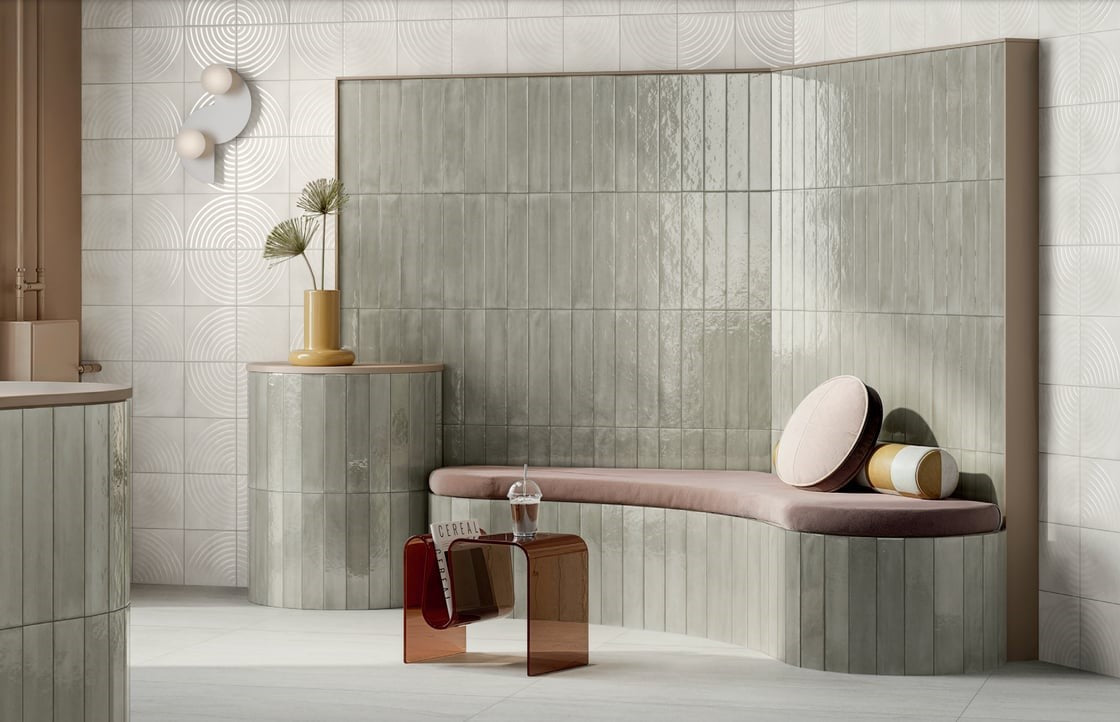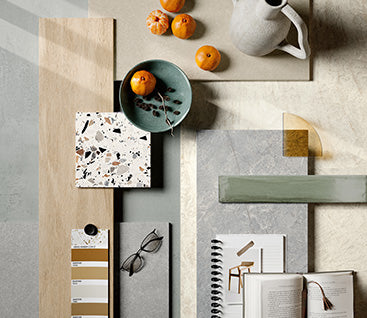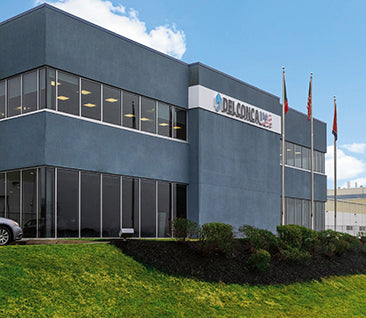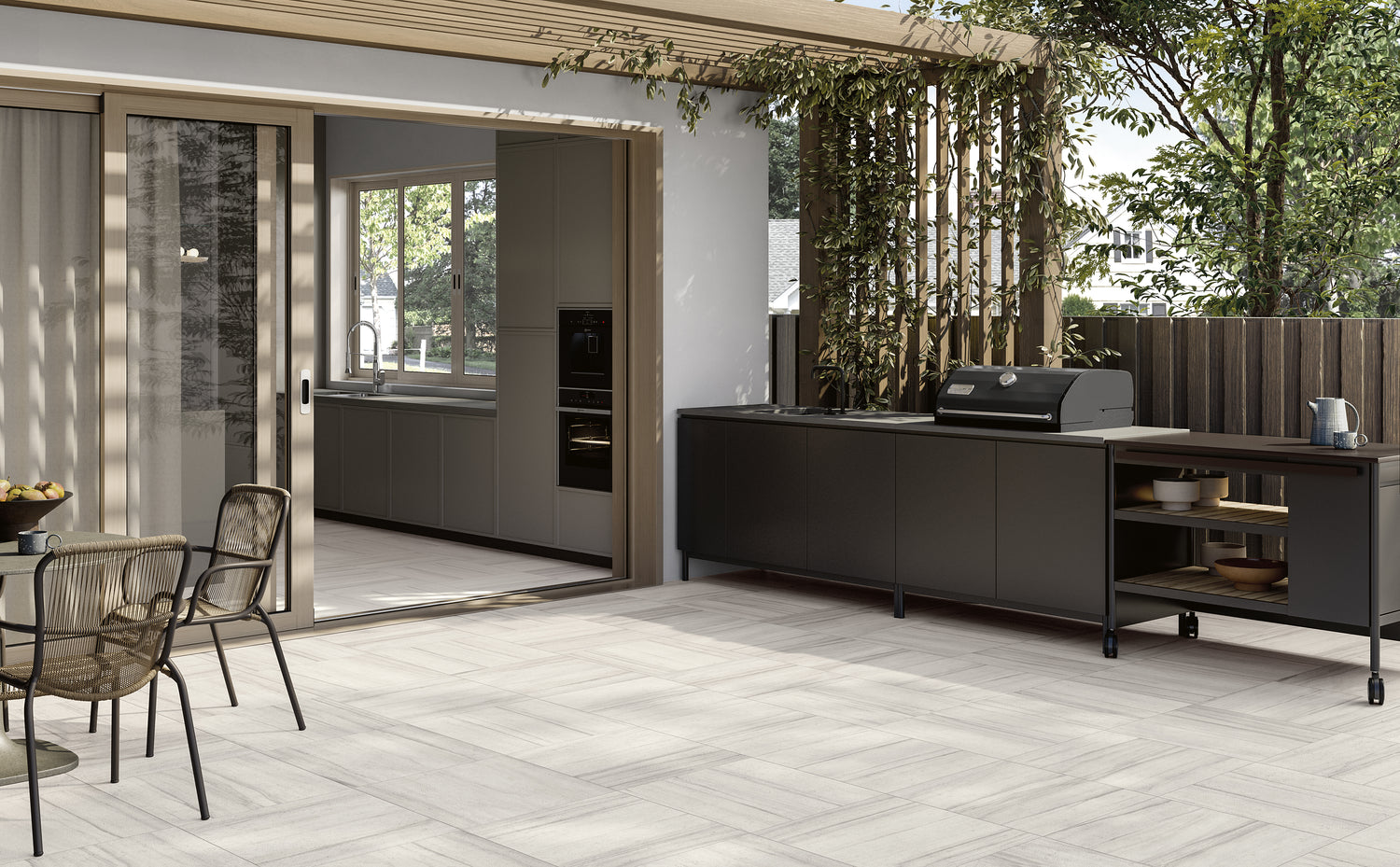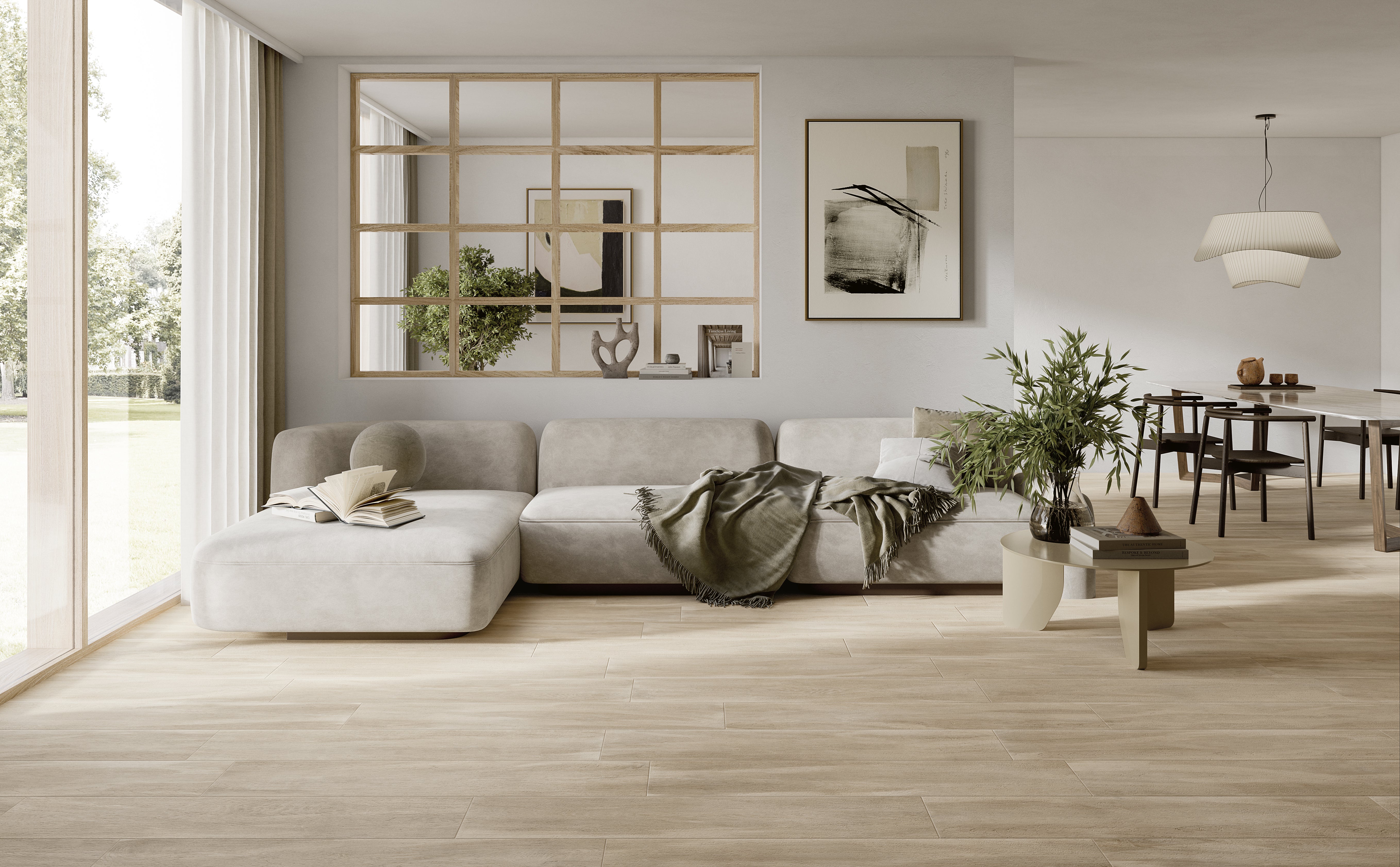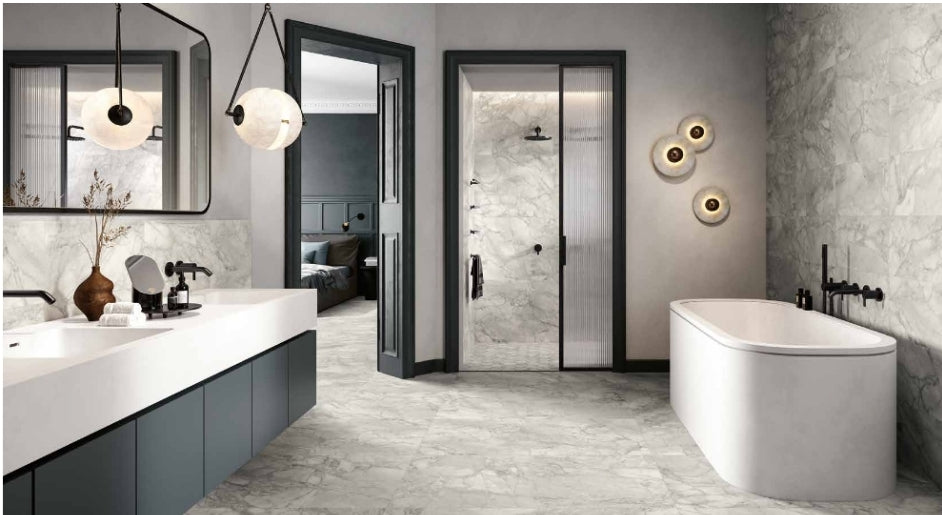Ceramic tile is one of the healthiest flooring choices
Health, Hygiene & Ceramic Tile Advantages
- Italian Tile is Easy to Clean: Wiping with some soap and water is all that’s needed to clean up most messes — no harsh chemicals are necessary to clean your Italian tiles.
- Bacteria-resistant: inhospitable to the growth of bacteria and other microbes such as mold.
- Antimicrobial: options are available with antimicrobial properties that can suppress and even destroy harmful microorganisms, such as mold, fungi, bacteria, and viruses.
- Hypoallergenic: contains no allergens, and allergens in the environment such as dust, dirt, and pollen can’t penetrate ceramic tile’s nonporous surface.
- No volatile organic compounds (VOCs): VOCs are harmful gases that cause various health concerns and are emitted by virtually all flooring types except ceramic Italian tile.
- No formaldehyde: Some wood products may contain formaldehyde. Certain levels of formaldehyde can irritate asthma and other respiratory disorders, but ceramic tile does not contain formaldehyde.
- No polyvinyl chloride (PVC):free of PVC, a resin found in many vinyl flooring types. PVC contains phthalates and organotins, both regularly a subject of concern among health experts.
- No plastic: The health and environmental concerns associated with plastic aren’t an issue for ceramic tile.
- Nontoxic: Doesn’t emit any toxic fumes when exposed to fire.
- Naturally occurring materials: a healthy choice for both you and the environment.

Tile Benefits for a Healthy Planet
The materials used to make ceramic tile are often sourced within 500 miles of manufacturing facilities, significantly reducing the emissions and energy associated with long-distance shipping. Ceramic tile’s durability allows it to be used for generations, and because ceramic tile is made from naturally-occurring materials, it typically qualifies for use as clean fill at the end of its long life cycle.
Recycling
- Pre- and post-consumer recycled content available
Salvageable
- Can be salvaged in a major renovation and repurposed
Can be typically used as clean fill
-
- Reusable as construction filler
- Does not contribute to growing landfill issues
Lowest carbon footprint of any flooring material in North America
- Lowest global warming potential
- Lowest fossil fuel resource depletion
Durable
- Life span of 75+ years
- Lowest life cycle cost compared to other flooring materials
Energy-efficient
- Inherent thermal mass reduces peak heating and cooling to help lower energy costs
- Creates the possibility of natural conditioning for more stable and comfortable indoor environments
Healthy Cleaning is Simple
- Keep these tips handy with this foldable download tip sheet.
- Unlike many other surface materials, our ceramic Italian tile won’t fade or dull from harsher cleaning chemicals and disinfectants, should you need to use them occasionally for tile maintenance. The Environmental Protection Agency has a list of registered cleaning disinfectants you can consult. Should you not have any of these registered products, some common household products—including simple soap and water—can also be effective disinfectants. Each cleaning agent may be more or less effective towards a particular virus or bacteria.

Healthy and Easy Ceramic Tile Maintenance
Ceramic tile’s superior performance means less mess and more peace of mind when it comes to tile maintenance.
Whatever life throws on your surfaces, you’re ready for it.
Unlike many other surface materials, ceramic tile offers options that are:
- Stain-resistant: Your life is bound to see many messes—ceramic Italian tile doesn’t stain easily!
- Water-resistant: Liquid spills can ruin other materials.
- Scratch-resistant: Dents, scrapes, and cuts often seen in other materials aren’t the same danger for ceramic tile, even after years of heavy use.
- Inhospitable to microbes: Ceramic tile’s fired surface means that the bacteria, mold, and mildew cannot settle and grow.
- Easy to clean: You can easily clean ceramic tile without much tile maintenance merely by sweeping and/or washing with water.
- Fade-resistant: Ceramic Italian tile does not fade, so you can feel free to redecorate and move your furniture at any time.

Healthy Home Environment
Many surface covering options contain harmful pollutants that we may be especially wary of. Ceramic tile contains none of the following contaminants and can help you create a healthy living environment:
- Volatile organic compounds (VOCs):Some VOCs emitted by nonceramic building products can contribute to a wide variety of health problems, including “sick building syndrome.” Because our ceramic Italian tile is produced (fired) at extremely high temperatures, producing what is called an “inorganic” material, it has zero VOCs.
- Allergens: Ceramic tile’s hard-fired surface won’t absorb dust mites and is also inhospitable to bacteria, fungi, mold, and other irritants that contribute to allergies.
- Formaldehyde: Some wood products may contain formaldehyde. Certain levels of formaldehyde can irritate asthma and other respiratory disorders, but ceramic tile does not contain formaldehyde.
- Polyvinyl chloride (PVC):PVC is a resin used in some vinyl flooring and is regularly a subject of concern among health experts and builders. Ceramic tile is free of PVC.
- Plastic: Ceramic tile contains no plastic and has none of the health or environmental concerns associated with plastic.

Create Healthy Outdoor Living Spaces
Our ceramic Italian tile is one of the most eco-friendly design choices for outdoor living spaces, allowing you to build alongside nature without causing nature any harm. This starts with the fact that ceramic tile introduces no harmful materials or toxins into the earth — no plastic-based materials, volatile organic compounds (VOCs), polyvinyl chloride (PVC), or formaldehyde.
Blog Credit to WhyTile


